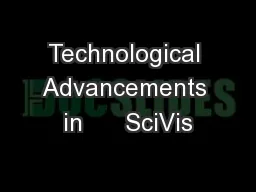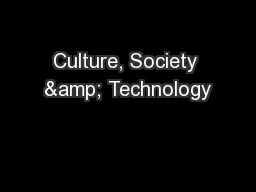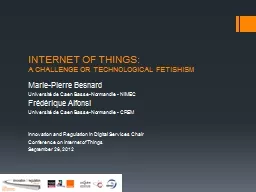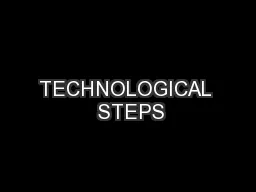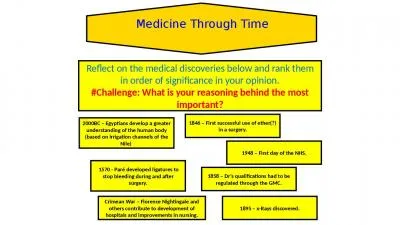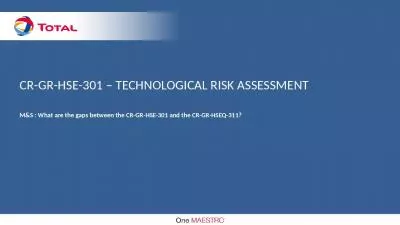PPT-Technological Advancements in SciVis
Author : trish-goza | Published Date : 2017-11-19
Guilford County SciVis V10202 For educational use only Images are not cleared Instructions Students fill in the blanks in this presentation from the teachers presentation
Presentation Embed Code
Download Presentation
Download Presentation The PPT/PDF document "Technological Advancements in SciVi..." is the property of its rightful owner. Permission is granted to download and print the materials on this website for personal, non-commercial use only, and to display it on your personal computer provided you do not modify the materials and that you retain all copyright notices contained in the materials. By downloading content from our website, you accept the terms of this agreement.
Technological Advancements in SciVis: Transcript
Download Rules Of Document
"Technological Advancements in SciVis"The content belongs to its owner. You may download and print it for personal use, without modification, and keep all copyright notices. By downloading, you agree to these terms.
Related Documents

